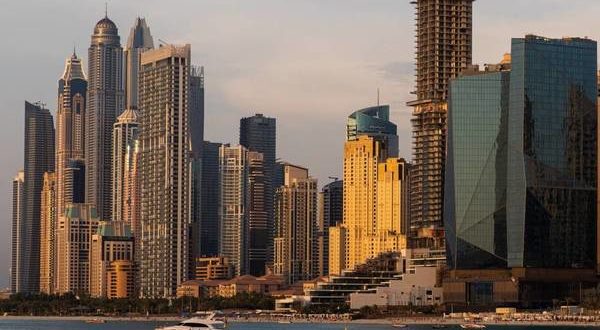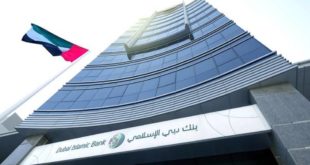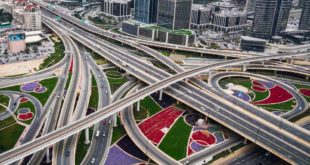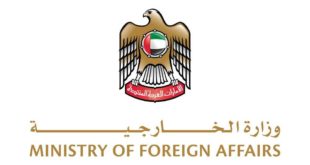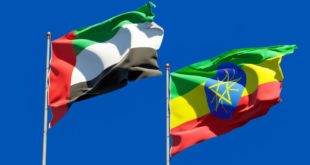August 10th
The S&P Global Purchasing Managers’ Index indicated another strong month of growth in Dubai in the non-oil private sector economy at the start of the third quarter, driven by strong expansions in production and new business. Better supply conditions and marginally higher supplier prices kept business growth strong, although there were some reports that increased competition affected demand.
The Dubai Purchasing Managers’ Index is a derivative of individual diffusion indices that measure changes in production, new orders, employment, suppliers’ delivery times, and stocks of purchased goods. The study includes the non-oil producing private sector economy in Dubai, with additional sectoral data published for the travel and tourism, wholesale and retail, and construction sectors.
The index reading remained strong, albeit declining from a ten-month high of 56.9 in June and 55.7 in July, indicating a strong recovery in business conditions in the non-oil economy. Any reading above 50.0 points indicates expansion during the month, while readings below 50.0 points indicate contraction.
Commercial expansion
This rebound was largely driven by the continued expansion of business activity, with the rate of growth remaining remarkable and similar to what we witnessed in June. Almost 32% of the companies surveyed reported that production had increased, and the companies linked this to increased sales volume, increased marketing efforts, and work on existing projects. On the other hand, only 2% of the participating companies witnessed a contraction in production during the month.
Meanwhile, non-oil producing companies reported a sharp rise in new inbound business, continuing the expansion trend recorded since October 2021. However, the pace of growth has slowed since the end of the second quarter, with some panelists noting that competitive conditions have dampened sales. . Notably, the slowdown was widespread across the three sectors covered in the study, with wholesale and retail sales posting the weakest rise in sales since March. The travel and tourism sector remained the strongest performer in terms of demand growth, while the construction sector was the weakest.
Improve supplier performance
July survey data indicated a strong improvement in supplier performance, faster than in the previous month and above the long-term trend. Committee members indicated that the improved availability of materials and improved transport capacity made them request suppliers to increase the speed of delivery. This supported another round of inventory build-up, as input stocks rose to the highest degree since April.
An overall improvement in supply chains helped ease inflationary pressures in July.
Firms reported a partial increase in input costs, the smallest increase in three months. In response, companies continued to offer discounts to customers, although the pace of output price cuts was modest and the slowest since March.
a future vision
Looking ahead, Dubai’s non-oil producing companies were optimistic about future activity during the month of July, with a slight increase in the degree of optimism from the previous month. The majority of companies participating in the study indicated that they look forward to the improvement in economic conditions that will continue to support their businesses.
With continued strong expectations and an increase in new orders, companies reported an increase in their employee numbers in the month of July. However, employment growth eased slightly to a three-month low, as sectoral data indicated a slight slowdown in demand for employees in the travel and tourism and construction sectors.
Big expansion
David Owen, Senior Economist, S&P Global Market Intelligence, said: “Dubai’s non-oil private sector continued to see strong increases in trade activity and demand at the start of the second half. Growth in new orders, successful marketing and project wins led to a significant increase in production, with nearly a third of businesses experiencing monthly expansion. The latest data also showed that businesses are more confident about the future, supply conditions have continued to improve, and price pressures have stabilized.”
He added, “After reaching a ten-month high in June, there has been a slowdown in demand growth, with all three major sectors – construction, wholesale and retail trade, and travel and tourism – seeing a slowdown in the increase in new business. Similarly, the rate of job creation declined slightly and reached its lowest level in three months.
 Media ININ Economy We Trust
Media ININ Economy We Trust

